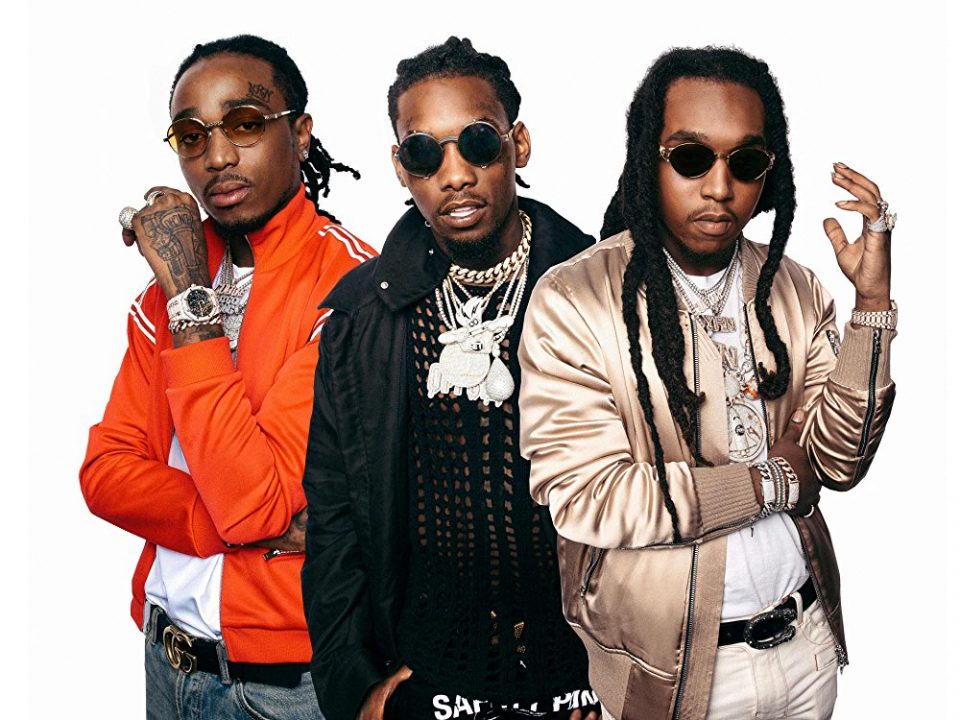Why Are Albums So Long Right Now?
Migos, Drake and Future all made hour-plus albums – with huge results on streaming services
With 24 tracks, clocking in at one hour and 46 minutes, Migos’ Culture II lasts long enough to listen to all of Pink Floyd’s The Wall and still make it more than halfway through The Dark Side of the Moon. Its Number One debut on the Billboard album chart is the latest twist in streaming’s reshaping of music consumption: the rise of mega albums.
On Spotify, the duration of the top five streamed albums rose almost 10 minutes over the past five years, to an average of 60 minutes. It’s a trend embraced by Drake (2016’s Views was one hour and 21 minutes), Lana Del Rey (2017’s Lust for Life was one hour and 11 minutes) and Future (his two back-to-back albums in February 2017, Future and Hndrxx, totaled two hours and 10 minutes). What’s driving the trend?
“Stacking albums with extra songs is a strategic way to achieve certain goals,” says Malcolm Manswell, a marketing manager for Atlantic Records. In 2014, Billboard incorporated streaming into its chart calculations (1,500 on-demand streams equals one LP), and two years later, the Recording Industry Association of America adopted the same formula for album certifications. Longer albums that generate more streams can lead to Number One chart debuts and gold and platinum plaques. Last fall, when Chris Brown released the 45-song Heartbreak on a Full Moon, it was certified gold in less than 10 days, even though none of its singles cracked the Top 40. Album certifications remain “the indication of a great artist,” says Manswell. “On the sponsorship side, this stuff helps labels sell an artist or argue for why a brand should use an artist.”
Exploiting loopholes is nothing new in the music business. “I don’t think [releasing an extra-long album] is different than bundling tickets to your concert with your first-week sales,” says Daniel Glass, president of Glassnote Records. The bundling strategy, where fans that purchase tour tickets then get a code they can redeem for an album, is a favorite of rock and pop acts; Arcade Fire, LCD Soundsystem and Pink used it to ensure they debuted at Number One in 2017. (Billboard only counts a ticket sale as an album sale if a fan uses his or her code.)
I don’t think it’s a sales trick as much as [a response to] audience behavior,” says Glass of big rap and R&B albums. “Hip-hop has been more in touch with their fans than anybody in the last few years.” And it’s paid off; in 2017, according to Nielsen Music, rap and R&B succeeded over other genres by a wide margin, earning 29.1 percent of all on-demand streams. “People are releasing way more music, especially when it comes to hip-hop and R&B,” says Nick Holmsten, vice president of content and global head of shows and editorial for Spotify. “Some people do it as a lot of music at the same time, others have releases every three or four weeks.” Mega albums can also drive revenue. “If the user preference is to stream a whole album, there’s economic incentive for having more tracks in play ”“ real income across millions of users,” says Tracy Maddux, CEO of CD Baby, a digital and physical distributor.
Not everyone buys into the new approach. Constructing his throwback-flavored 24K Magic, Bruno Mars went for a vinyl-length 33 minutes ”“ and was rewarded with an Album of the Year Grammy. “More isn’t always better,” says Joie Manda, executive vice president of Interscope Geffen A&M, who has overseen releases from Rae Sremmurd and Machine Gun Kelly, among others. “If you throw out 100 songs a year like you’re buying 100 lottery tickets, that’s not a good plan ”“ you can compromise the quality of your album by having more songs.”








